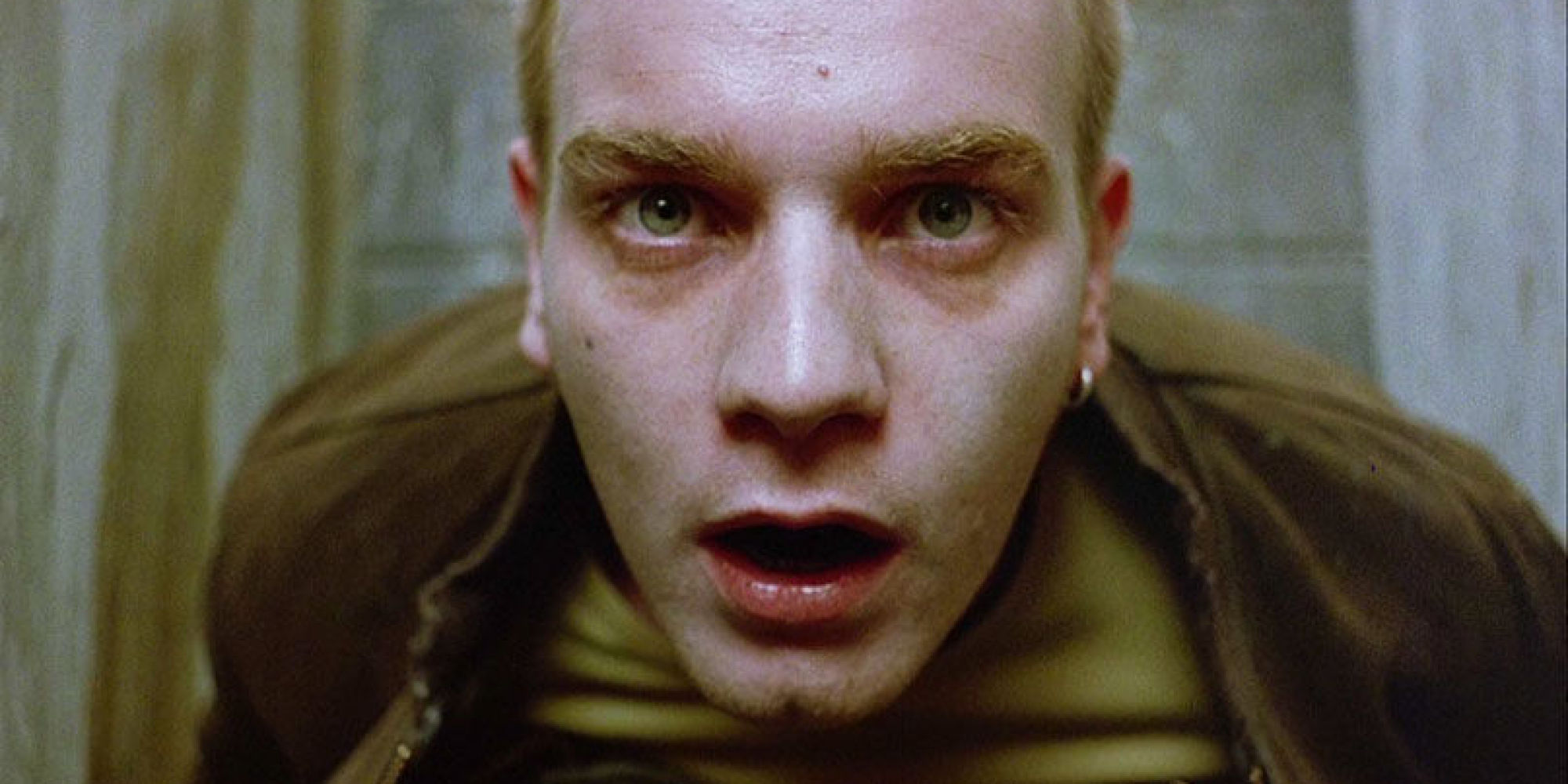
Every ending affords a new beginning. The classic era of the European art house film finally came to a complete end in the 1980s with the death and/or retirement of most of the key figures of that time and with the changes in technology which doomed the traditional art house as a theater going experience for many. However, the 1990s saw a rebirth in other ways.
The old masters were gone but cinema art went on and many new film makers with new ideas sprang up. Also, the very technology which helped to end one era facilitated the opening of another as newer, more cost efficient methods of creating a film meant that many new voices could now afford to use film as a viable means of artistic expression.
The new markets of home video and cable television also helped to make such productions more potentially profitable. It also didn’t hurt that the rise of the indie film market in the United States also helped to make room for foreign productions to be included in what many viewers wishing to go beyond traditional commercial fare would put on their must see list.
The following list will attempt to show how alive the cinema of Europe was in that decade. Not all of the fine films of that era could be included so apologies are made in advance for any omissions.
1. The Match Factory Girl (1990)
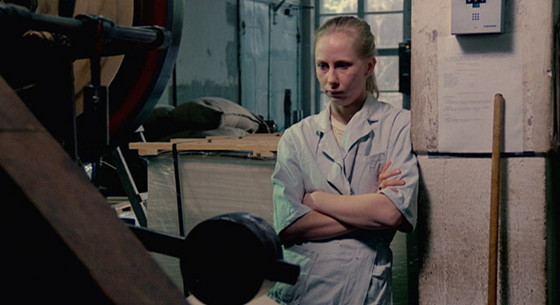
Outside of Sweden, the Scandinavian cinema hasn’t been well known on the whole in the western hemisphere. A notable exception among those who love films of the art house variety is the Finnish film maker Aki Kaurismaki.
If one must compare, many find him similar to US indie director Jim Jarmusch. Both have very dry and deadpan styles which seem to observe some rather outrageous characters and events in a blackly comic way but the difference is that while Jarmusch is seemingly content to leave it at that, Kaurismaki seems to understand that even those who may be considered grotesque have their side of things to be considered.
Kausismaki was marked as someone to watch on the Finnish film scene from the time of his debut with 1983’s Crime and Punishment and he gained a cult following with his Leningrad Cowboy movies (starting with Leningrad Cowboys go America in 1989).
However the films the critics noticed most intently were the ones in what is now known as his Proletariat trilogy. These films were 1986’s Shadows in Paradise, 1988’s Ariel and the film under consideration, The Match Factory Girl, with, oddly enough, the last one being the breakthrough and leading to reexamination of the earlier ones. All concern the drab lives of the Finnish working class and how this pretty oppressive lifestyle can lead to some extreme behavior.
The titular character, Iris (Kati Outlinen) has it bad and that ain’t good. Working in the titular establishment is boring at best and it’s only matched by life at home with mom and step-dad, two ugly cramped people in an ugly cramped space.
One payday, instead of giving them all of her money for living privileges as usual, she spends some on a dress to make her finally presentable to the men at the dance hall where she hangs out completely unnoticed.
In a Hollywood film she would meet a handsome rich boy and end up in some beautiful place. This isn’t that film. She gets noticed but the hurt will only deepen thanks to use, abuse, rejection, and unforeseen complications leading to a very darkly funny conclusion.
The lead actress is excellent and the director captures the awful atmosphere all too well while maintaining the hard-to-achieve tone masterfully. Since then Kaurismaki has won greater acclaim with the Oscar nominated The Man Without a Past (2002) and his last to date Le Havre (2011) but this was the one that put him on the international map.
2. La Belle Noiseuse (1991)
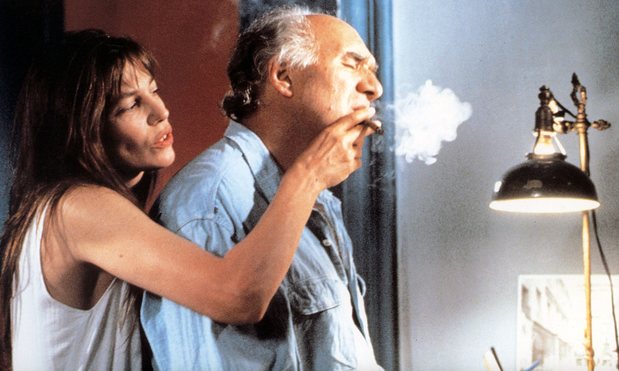
There is a good case to be made for France’s Jacques Rivette being the last of New Wave film makers, both literally and figuratively. Yes, with his recent death at 87, he outlived the bulk of his contemporaries (Jean-Luc Godard still lives but no longer seems to be active). However, unlike many of them, he stayed true to his New Wave ideals and style up until the very end. He was always interested in how artistic entities are created, if only as a background to the film’s main story.
In light of that fact, it surprised no one at all when he produced his late masterpiece, La Belle Noiseuse (which translates out to “the beautiful troublemaker”). This one unexpected element is the fact that this film concerns a single artist (as opposed to an artistic group) and that artist is a painter, not a dramatic artist. The artist at the center of the film is a long established and acclaimed painter (played by veteran French star Michel Piccoli), who has not painted in years.
An acolyte comes to visit bringing along a girlfriend (Emmanuelle Beart) who has no real knowledge or interest in the painter but who ends up awakening his long dormant muse. The bulk of the film, which stretches on to almost four hours, deals with their sessions in painstaking detail (and the shots of the painting features the hands of a real painter creating).
The casual viewer truly can’t handle this film but those can give themselves to it will find a rich and revealing entity exploring the mysteries of artistic creation. The lead actors, and Jane Birkin as the painter’s tolerant and understanding wife, are superb though this film could only have been the creation of one great film artist. At an age when many directors were winding down, Rivette was still in full command of his abilities.
3. The Double Life of Veronique (1991)

Though Krysztof Kieslowski had already produced a number of fine films in his native Poland (including his television masterpiece The Decalog), his entrance into international film making was the French/Polish production, The Double Life of Veronique.
In this case the doubling is that of two women, both named Veronique (and both played by the fine French actress Irene Jacob), one living in France, the other in Poland. Both have vocal talent and long to become singers but the Veronique in Poland, though dedicated, is in ill health while the one in France allows romance to distract her from her art. Many have found the film dreamlike and it is hard not to find a lot of the director/writer in the film.
Like the Polish Veronique, Kieslowski had a heart condition (sadly, the cause of his death a few years later) which caused him to become limited in his perspective horizons. Perhaps he knew that he would never really have the kind of career the French Veronique had within her grasp.
This is, in fact, an eternal artistic question: what might the artist have accomplished had things been different and free of restrictions (or do those things help to make the artist?). This film shows how much more its maker would have had to offer the film world. Or did he?
4. Zentropa (Europa)(1991)
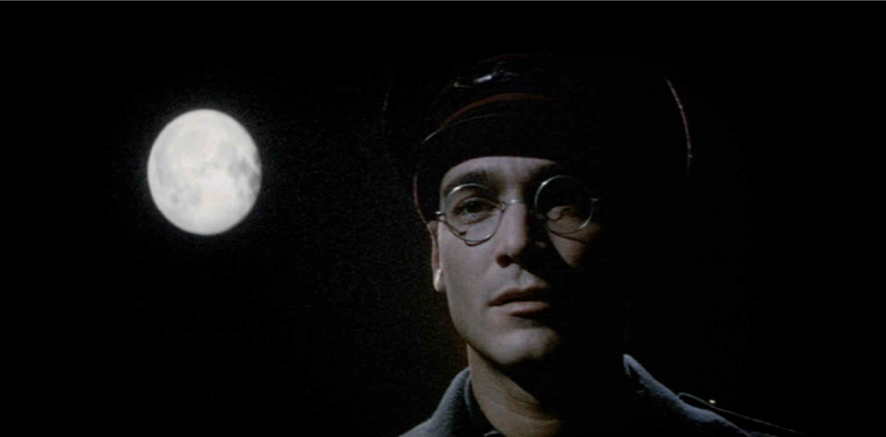
By and large, the age of cinematic outrage has passed. There was a time when controversial films were everywhere and many would express extreme displeasure over the existence of boundary pushing films.
Either of those expressing such outrage have passed out of the mortal realm, society has grown accustomed to adult oriented material, edgy films have ceased to be created in large part due to commercial considerations (R and NC-17 means no kids will be paying to see) or a combination of all of the above.
However, as long as one particular man lives and makes movies there will still be a ember of that hot time. His name is Lars Von Trier and he is both one of Denmark’s great film voices and one of the most appalling. His first international film was this one, entitled Europa in markets other than the US (thanks mainly to the next film on the list).
In this surreal film a young man (Jon-Marc Barr) snags a much coveted job as a conductor on a street car in post-war Germany. However, it soon becomes clear that streetcar, young man, and route the vehicle takes mean far more than people getting from place to place.
The director-writer is creating a parable about Europe emerging out of that ashes of a major trauma but still retaining supposedly defeated ideals. Fassbinder regular Barbara Sukowa shows up as the daughter of the magnet owning the streetcars and who, along with her father, may still be a Nazi (which, among other things, the director has claimed to be himself).
With his misanthropic stories and treatment of his actresses and polarizing political views (including an unabashed hatred of the US, which he has never visited), it might be easy to write on Von Trier but for the fact that he is a fascinating stylist and totally unique, original and always unexpected.
5. Europa, Europa (1991)
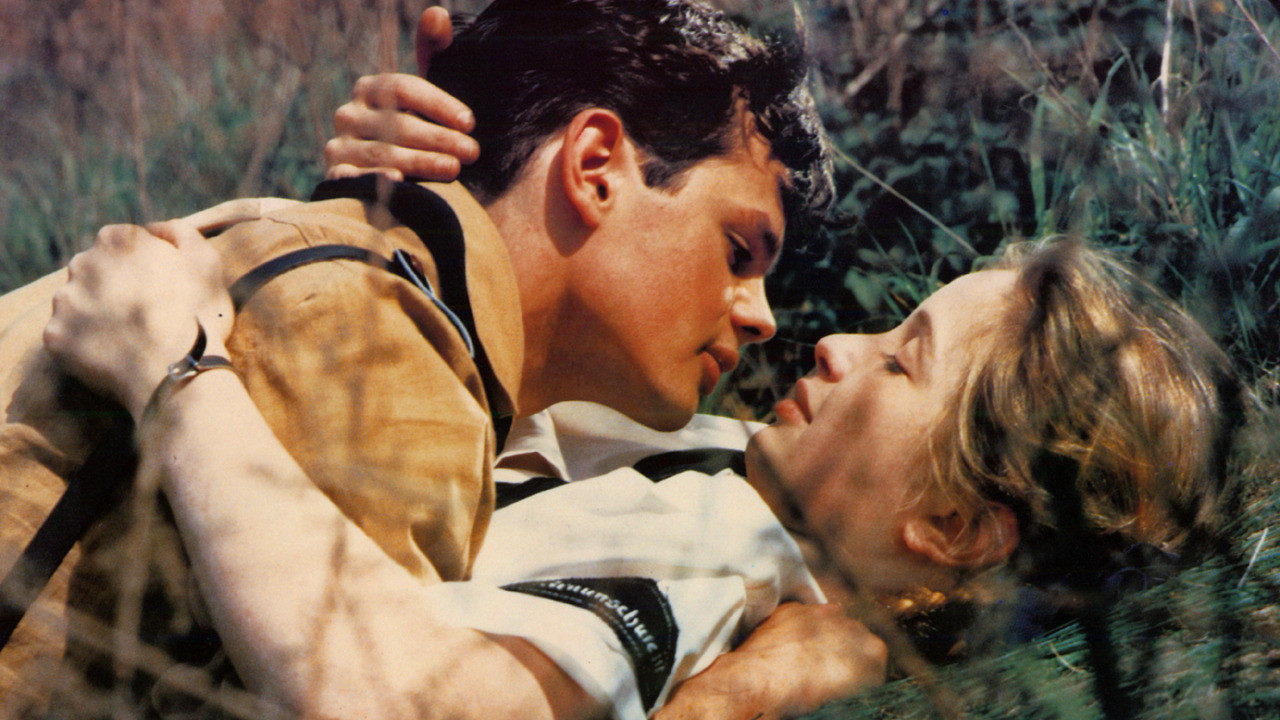
The Academy of Motion Picture Arts and Sciences seems to get it with both barrels over something every year and in 1991 the bone of contention was the fact that what was perhaps the year’s most acclaimed foreign language film, the Polish picture Europa, Europa, had been snubbed in the category of Best Foreign Film (and such occurrences have not been rare in Academy history).
The film did get nominated in the best original screenplay category, an honor for director Agneiszka Holland, who also wrote the script. However, the film has won the Oscar of time, a far greater honor.
The picture tells one of those stories which is simply too incredible not to be true. Young Solomon Perel (Marco Hofsneider), who was Jewish and German and living during the years of the Nazi takeover of his country, escapes to Poland after a raid on his home which kills members of his family. He ends up in an orphanage and through a wild set of circumstances also ends up being categorized as an “ethnic German” and gets turned into a promising member of the Hitler Youth!
Wearing whatever mask he needs to survive, Perel plays along with his adversaries but must be eternally wary of having to show his tell-tale sign of Jewishness, his circumcised male member (and it’s positively amazing how often the issue comes up for him).
Though the story is really quite intense, the director-writer sees the black humor in the wide number of hairpin moments of salvation the character achieves. There is a telling moment at the conclusion when the main character meets his honest brother, who has survived the death camps (and the real Solomon Perel briefly appears).
The director has not had as big a hit since but she has created a notably successful career and supporting actress Julie Delphy, who appears as a comely young woman who loves the Nazis and the hero as much as she hates Jews, has become a star in the years since. Europa, Europa still stands as a fine document of European mid-Twentieth Century history.
6. Naked (1993)
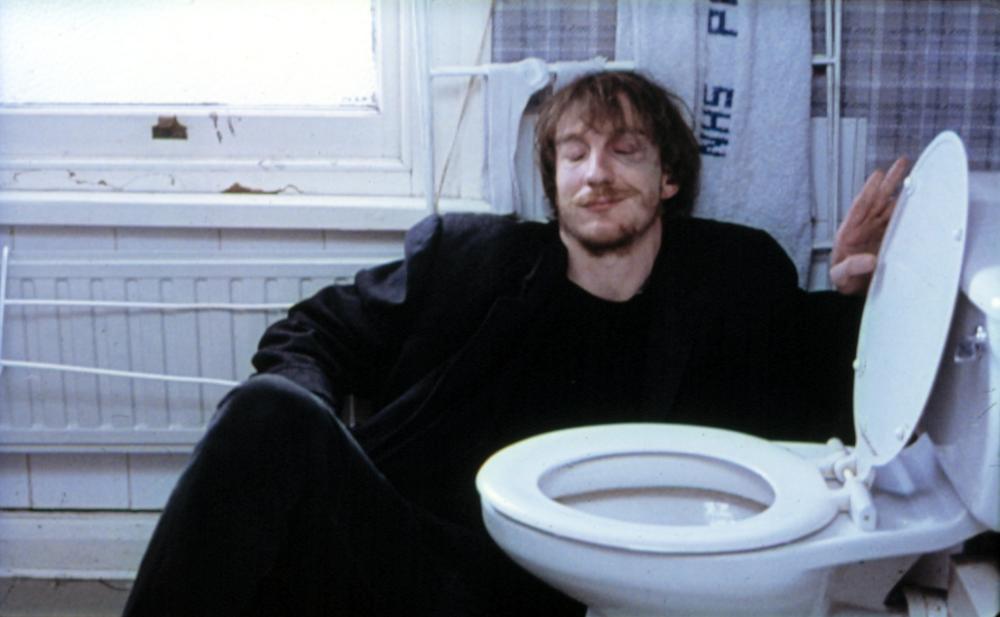
One of the true wonders of modern British cinema is director-writer Mike Leigh, a man who could be considered the embodiment of the spirit of independent film. Though he has been working in the British film industry for quite some time by the 1990s, that was the decade when he truly seemed to come into his own.
Many of his films of that era would earn a place on a list such as this, and the depth of his creativity is amazing as he swung from “kitchen sink” dramas depicting the down and out lives and many in Thatcher era England to more upscale period pieces without ever losing the qualities of verisimilitude which were always his greatest trademark.
The film chosen is one of his most honest…and most disturbing. Johnny (David Thewlis, in a performance which put him on the artistic map) is, well, a bum. He has no job, lives in no fixed place, perpetrates violence, either physically, mentally, and/or verbally on any who have the misfortune to come his way and manages to use and abuse/discard a surprising number of women…and the film only covers about one day!
The thing about it all is that Johnny also seems to be quite bright and might have done something with his life if some kind of meaningful help had been rendered for him. As it is, he is a dead weight, if not a detriment, to society.
The day the film examines begins with rape and goes through the experience of a stolen car in order to find a long ago and disinterested old girlfriend with lots of bad stops along the way (including a stint with a night watchman where Johnny spews out some scientific facts which were causing many at the time to think an inter-galactic apocalypse was coming with the new millennium).
This film might have been unbearable but for the director’s truthfulness, touches of dark humor and way with actors which instead makes it a find time capsule of a not so fine time in England’s history.
7. Blue/White/Red (1993-1995)
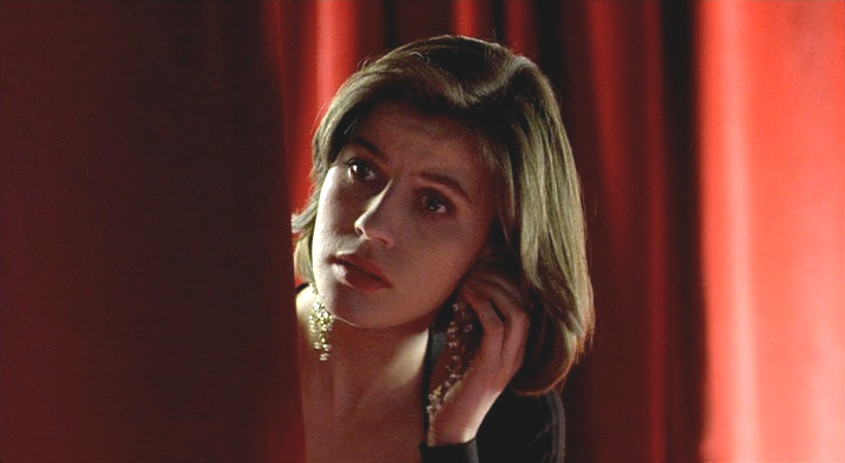
The title colors of the three films in this stunning trilogy are the colors used in the flag of the United States…and, to the point of these films, France, where they stands for liberty, equality and fraternity. Much as he did with his memorable TV film series The Decalog, Krystof Kieslowyski uses the basic themes of these colors as a meditation of what those concepts mean in the modern world. However, instead of a didactic rendering of moralistic fables, the stories the films contain are deeply human and insightful.
In the first film, Blue, a woman (Juliette Binoche, in a masterful performance) is left both childless and a widow by a car crash but learns that facing some devastating truths will set her free to live again.
In the second a moral man (Zbigniew Zamachowski) is left with nothing after the desertion of his heartless wife (Julie Delphy) until a cruel scheme of his own allows him to extract a hollow revenge.
In the third a young model (Irene Jacob) finds her life intersecting with a retired judge (Jean-Louis Triganant) thanks to an injured dog and their meeting leads to staggeringly complex emotional situations for both.
As with The Decalog, the stories and characters briefly criss-cross before an episode near the end of Red amazingly ties all together. Looking at these adroitly created films, the director-writer’s slot as perhaps the master film moralist of his time is made abundantly clear. He was not moralistic but could observe the weaknesses of others without hatred or scorn and realized that sometimes people could be their own harshest judges.
Though he had plans for a similar trilogy (largely scripted at the time of his abrupt death), these films, his monuments, would mark his finale. Blue was acclaimed, White considered a relative weak link, Red a masterpiece, though, as ever, the Academy said no to a Best Foreign Film nod due to a conflict concerning the film’s country of origin but the film was recognized in other categories including director and writing nominations for Kieslowski. This turned into a fitting tribute for a film maker just starting to ascend to greatness.